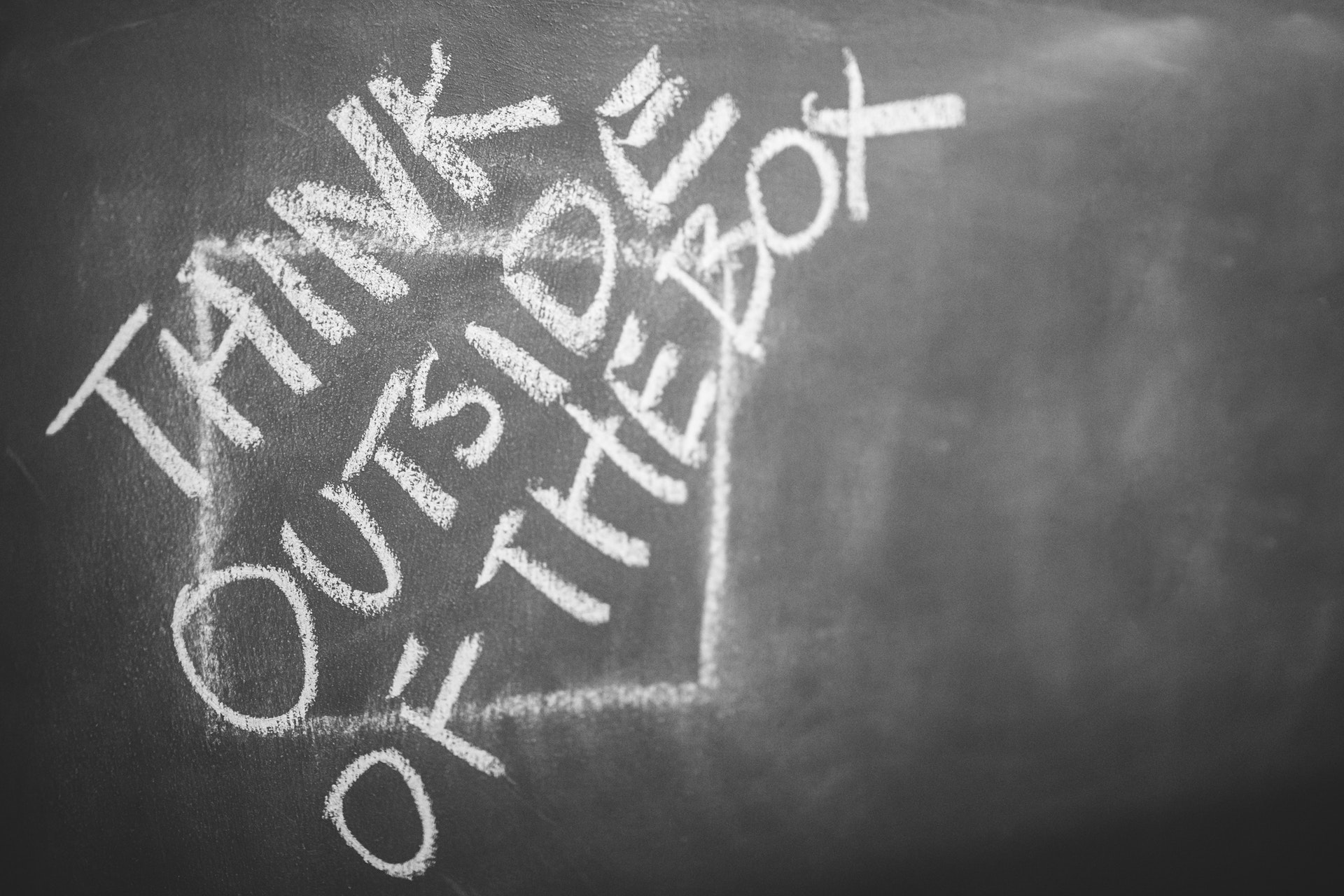Outside the Box: Why Restaurants Need to Rethink Delivery
5 Min Read By Jim Collins
As a restaurant owner myself, I entered the world of delivery hopeful that we would see significant incremental sales and profits through the channel pushed open by millions–now billions–of dollars in marketing from GrubHub, UberEats, DoorDash and others. I was hopeful that this would be the case, because that’s what I was told in the countless emails I received promoting the various delivery services.
And then reality struck.
30 percent?
You want 30 percent?
Why?
Do you know anything at all about the restaurant business?
Do you have any idea how thin our margins are?
(These loud thoughts banged around inside my head as I reviewed the thick contract sent by the first provider I chose.) The sales rep patiently explained to me, as I’m sure she does to countless restaurateurs around the country, that that’s what it costs for the service to recruit new customers and also to recruit drivers. If I didn’t want to pay it, no problem. I didn’t have to use the service. I didn’t want to lose all those incremental sales. So, just like a lot of restaurateurs before me and a lot who came after, I signed up.
My challenge is that I am reminded every day just how much this is costing both me and my customer. On one order the numbers start to get clear… Total amount paid by the consumer: $30.18. Total cost of the food: $18. Total remitted to my restaurant by the delivery company: $12 Wait, so you collected $30 from this guy, but you’re only paying me $12? That’s a lot more than 30 percent. Of course there’s tax, but even in tax-rich L.A. that’s only $2.19. The delivery service tacked on a delivery charge, $6.99, and the consumer paid a tip (goes to the driver) $3. So that’s how you get to $30 from $18.
Okay, I sort of understand all of that when I break it down. The big challenge, though, is when I get the monthly statement and it tells me that total revenue from delivery was ±$3K but I’m only getting ± $1.9K. So they made $1,000 on me this month. How much did I make? Well, if I factor in all of my costs, producing the adjusted $2K in sales cost roughly $1.6K. So, for all of my pain and anguish, I only made $400.
Why bother?
Many restaurants will see bigger numbers across the board. Bigger sales, higher costs. Some see smaller, but their margins are going to be pretty consistent with mine and I can see why they get frustrated with delivery’s bite out of their profit pie. And so, when I talk to most restaurateurs and there is a growing sense of, almost, animosity with regard to the delivery providers, I have some sense of where they’re coming from.
Something has to change.
At a recent restaurant conference, I sat in a large room with a bunch of other restaurateurs and listened as C-level executives from the delivery services shared their vision for the future. Some mentioned robots and autonomous cars. Some mentioned an ever-broadening landscape of logistical fulfillment. No one said their fees are coming down.
This, of course, frustrated the restaurants. I hear that frustration, but I don’t think the 30 percent is going away any time soon and the reason is simple economics. The top three delivery services, GrubHub, DoorDash and UberEats, are locked in a terminal battle for market share. They all have deep pockets and huge bank accounts. Their challenge is that none of them has a dominant share of the market. Enter Amazon with their own offering from Amazon Restaurants. While they don’t have a lot of market share yet, there is little question that they’ll make a difference, but whether they do more than just further divide the market is really anyone’s guess. Of the four (if I include Amazon), only GrubHub is profitable, and their profits are thin. Given this lack of profitability and the fact that the 30 percent restaurants are paying is their primary source of revenue, decreasing these fees would essentially be suicidal for these firms.
So the 30 percent isn’t going away. But where many restaurateurs are arriving at a conclusion that the delivery services are “trying to push them out of business,” I believe nothing could be further from the truth. The services can’t survive without restaurants. So clearly that’s not their objective.
After thinking about it quite a bit, the conclusion I’ve reached is that we’re in a nascent stage market. While the concept of delivery has been around for a long, long time, primarily in pizza, the entry of delivery apps in the marketplace to drive real purchasing volume is relatively new.
So everyone is trying to figure it out.
This caused me to take another look at delivery in my own restaurant. Are there things I can do to make it work better? The answer is a resounding, yes! Here are the questions I asked myself.
What if I increase the menu pricing on the delivery menu?
Why do I offer my whole menu for delivery?
Why not condense it to my most profitable items?
How do I increase revenue from customers who come to me through delivery?
Are the customers truly incremental or are they people who already come to the restaurant?
Increasing the pricing on the delivery menu. I immediately dismissed this idea. Our restaurant menu is online and customers would see the price difference and likely resent it. While I might be able to explain it to those who asked, there would still be a lot of people who simply choose not to order and may consider Town untrustworthy because of this practice.
Offering a limited menu. Here I decided I was on to something. Not only could I increase margin by offering only high profit-margin items, but I found that most of the items I was going to take off the menu don’t travel all that well. So I provide a better consumer experience at a higher margin.
Increasing revenue from delivery customers. I started to look at the delivery bag as my own marketing opportunity. What am I putting in the bag? If I am just putting the food in the bag am I missing an opportunity? Heck yes! So now I put a coupon in the bag for a discount on the customer’s next visit to Town. Just because someone orders delivery sometimes doesn’t mean they always order delivery. Sometimes they eat out. By giving them an incentive to come to Town I’m encouraging them to eat at the restaurant. Incrementality is hard. Because I know my customers, I know that many people who order delivery are people who already know and love Town.
The thing is that as my delivery business has grown, so has our reach into new customers who haven’t been to the restaurant. It hasn’t happened often, but people have started to tell us in the dining room that they found out about the restaurant by ordering online. I see that as a good thing and am taking steps to see if I can maximize our reach in this way as well.
More importantly, I started looking at delivery as a marketing cost. There is no question in my mind that the better we do in providing a great product at a great price within the constraints the consumer is already accepting for the service, we are increasing our reach into our local community. So the 30 percent I’m paying to the service is akin to a marketing expense. Is it my best use of marketing dollars? Well, I’d say no. The best use of our marketing dollars remains staff training, ensuring that as much as possible, every customer who comes to our restaurant has a great experience every time. But I would say that given its focus, reach and relevance, this may be the second best marketing expense I have, and there is no question that I, and we, can just keep getting better at it. And perhaps that’s good enough for now.


